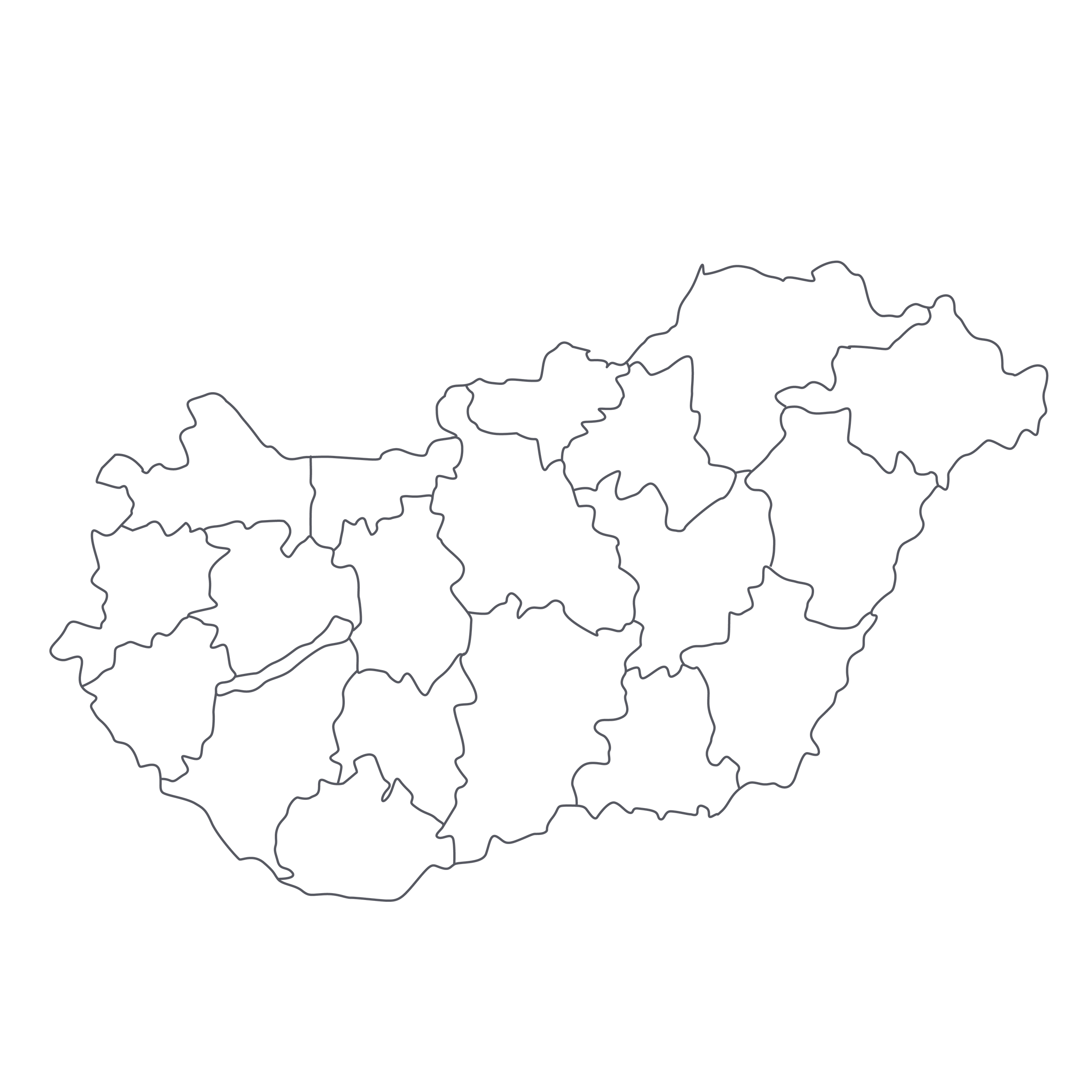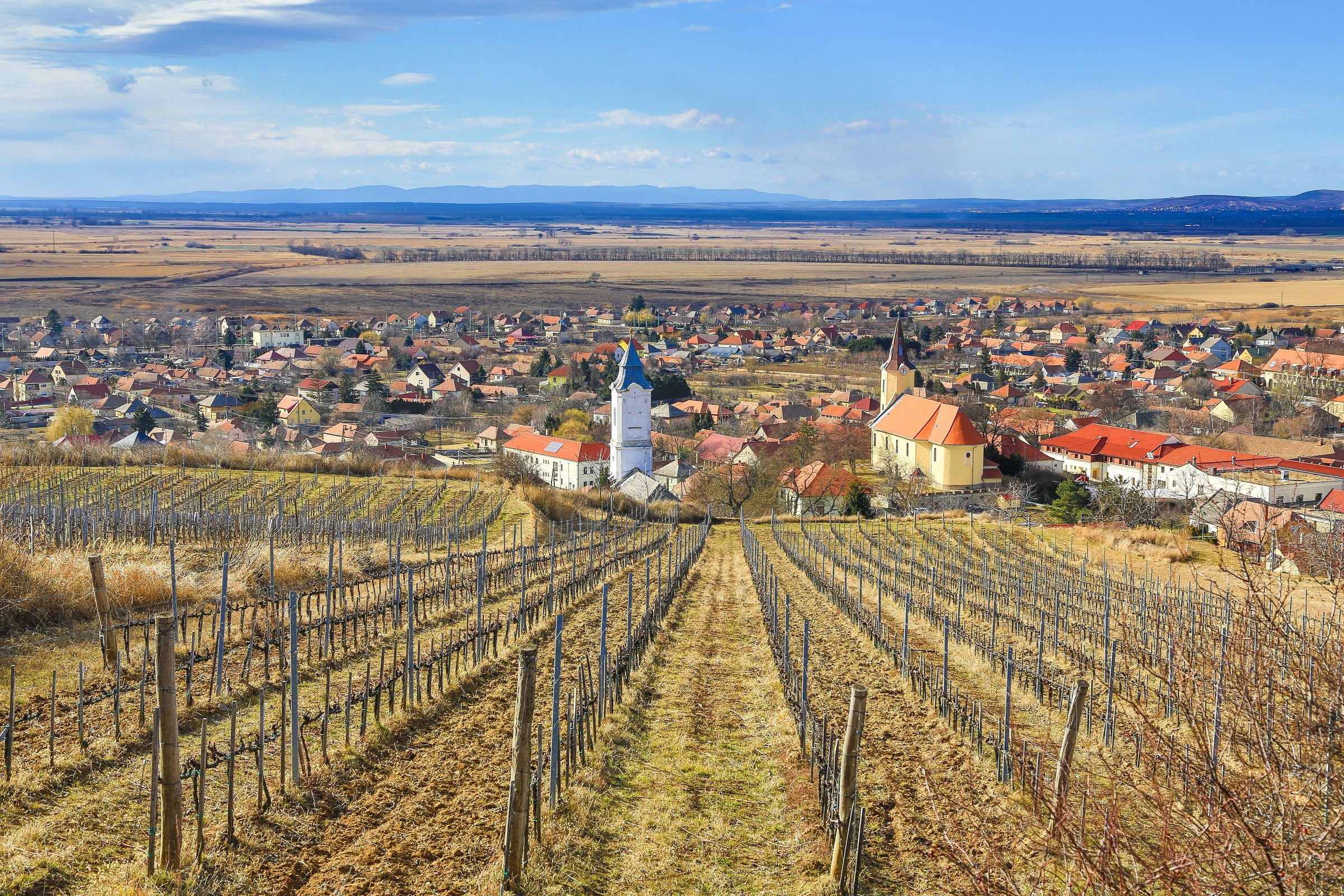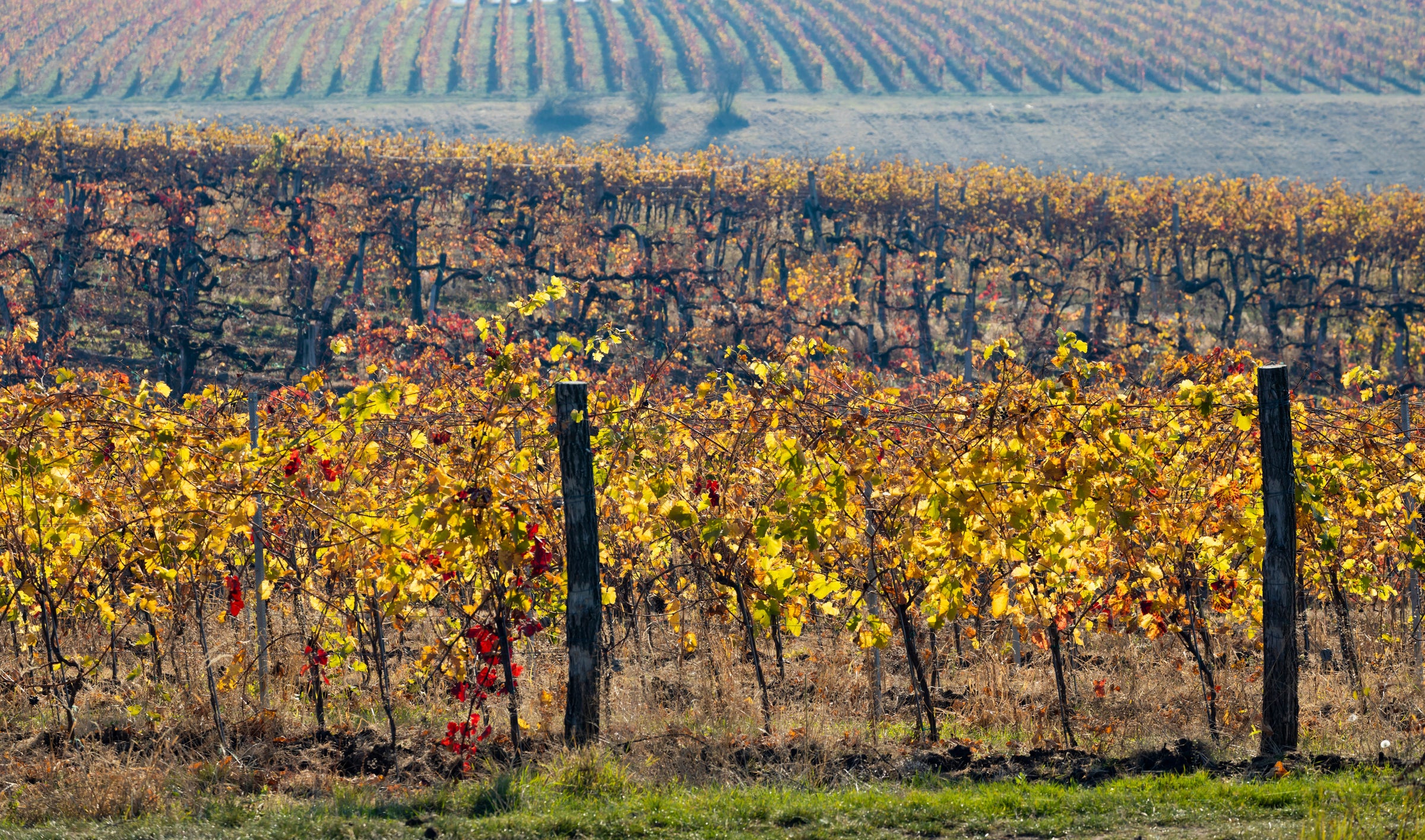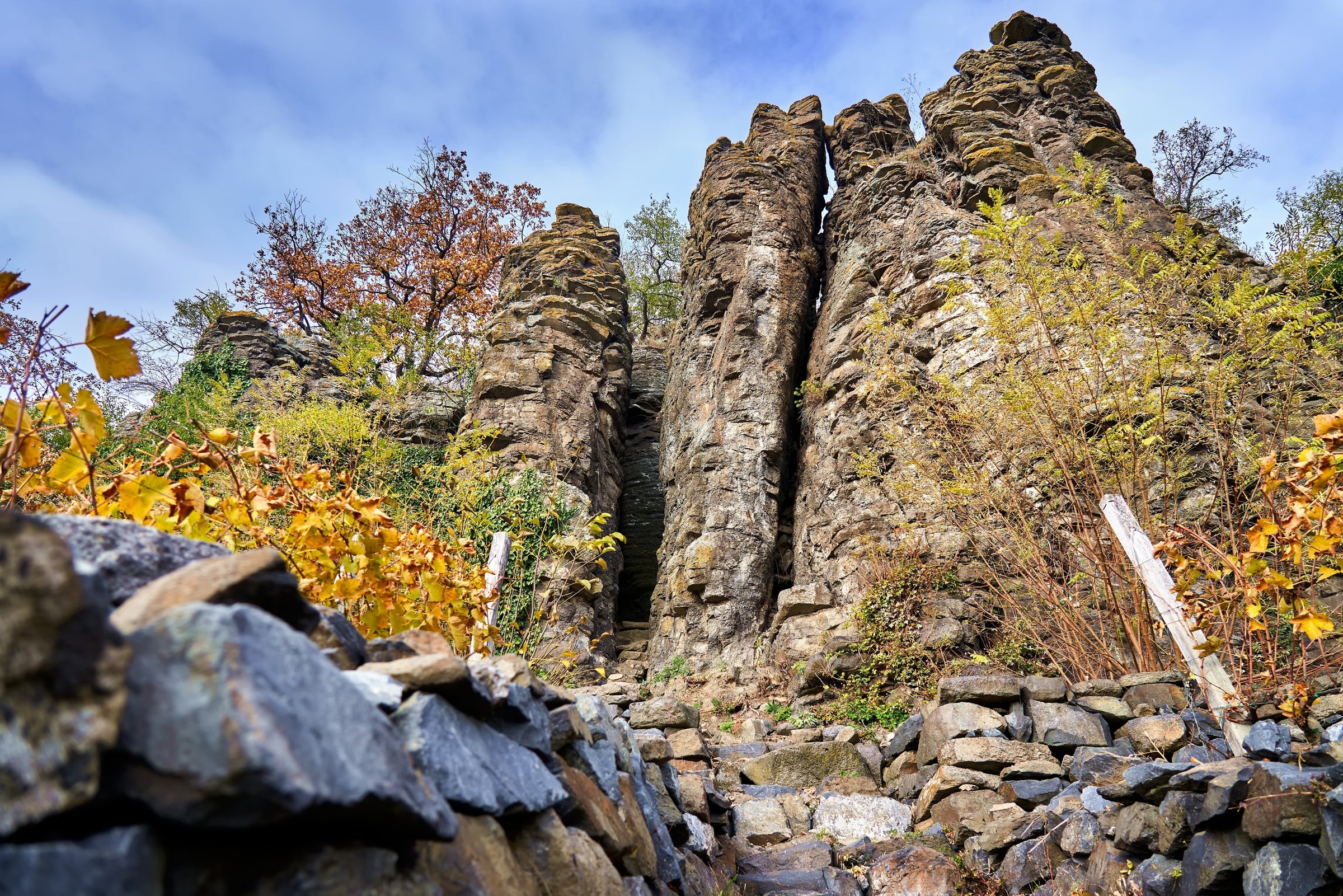Fact: There are as many days in November as there are stateside cases of today’s “liquid gold” offering. Nevertheless, I’m still urging each and every one of you to gear up for the best value-shattering sweet wine of the year—especially those who don’t have a sweet tooth. Whenever people say they’re not fond of sweet wines, I immediately steer them in the direction of a late-harvest Riesling or Tokaji Aszú (both have high acid!), and Tokaj Nobilis has done me the great favor of fusing the two with their late-harvest Tokaji Furmint.
Coming from organic, hand-harvested, botrytized clusters, aged in Hungarian oak, and then cellared in the dark for 6+ years, today’s 2013 “Amicus” is a harmonious melding of minerality, acidity, sugar, and refreshment. But the main takeaway here is to avoid pigeonholing this as a dessert wine! Can it be savored after dinner? Yes, but this is just as great, if not more so, as an aperitif, mid-meal libation, or main-course companion. In fact, my bottle didn’t even make it to dessert. This is truly mindblowing nectar for $39, and to be able to obtain a wine this special at such an affordable price is a testament to how under-appreciated the historic wine region of Tokaj remains. Take advantage of it because hardly any exists. Enjoy now and over the next quarter-century.
As Medieval Europe transitioned into the Renaissance and the early modern era, sugar remained a rare commodity, alchemy was wildly popular, and people were anxious for alcohol. Drinking sweet golden wine at a time like this was a luxury, so much so, that Tokaji wines were considered legendary elixirs and had a fanatical following. It was ‘medicine’ (available by prescription until the early 1900s) for popes, the choice drink for tsars, and a muse for Johann Wolfgang von Goethe, Franz Liszt, Bram Stoker, Leo Tolstoy, and Voltaire, the latter of which said “this wine invigorates every fibre of my brain and, deep in my soul, produces a charming glint of intelligence and good humour.” Swiss-born alchemist Paracelsus spent years trying to extract actual gold from it, and Thomas Jefferson imported it for presidential banquets. Clearly, the allure and mystique of Tokaji wines reached far and wide...until it was shrouded by the sweeping Iron Curtain.
Fast-forwarding ahead to Communism’s dissolution and the first wave of privatization, Tokaj has slowly repositioned itself into the world-class appellation it once was. And it’s deserved too: they are the world’s oldest region for botrytized wine production and are responsible for the first-ever vineyard classification system. Now, the wines coming out of the region are nothing short of sensational; they are powered by quality, terroir, and individualism. Tokaj Nobilis is one such producer leading the new, energized wave. After working alongside some larger-production estates in the 1990s, founder and Tokaji native Sarolta Bárdos decided to set out on her own, so she planted six hectares of vines, converted a 19th-century home into a cellar, and launched her small-scale estate.
Today, she organically farms these vines which are split between two vineyards: Barakonyi (rhyolite soil) and Csirke-Mál (clay and volcanic tuff soils). Typically, her late-harvest “Amicus” cuvée contains 100% Furmint but the 2013 vintage allowed her to add a bit of the obscure Kövérszőlő grape, native to Transylvania, that’s sparsely planted throughout her holdings. As this is a late harvest wine, she didn’t handpick her crop until most of the clusters had been affected by substantial botrytis (“noble rot,” like Sauternes) and contained a whopping 335 g/l of natural sugars. In the cellar, grapes from both vineyards fermented separately and spontaneously in 50% new, 220-liter oak barrels sourced from a forest in northern Hungary. After maturing in these vessels for eight months, the wine was left with 124 g/l of residual sugar which technically qualifies it for Aszú 5 Puttonyos.
If these sugar levels are scaring you, don’t let it (unless, of course, you’re diabetic) because the allure of sweet Tokaji wines is the harmonious balance of sugar and acid. These wines are rarely excessive and never flabby due to incredible surges of acidity that keep the wine lifted and superbly refreshing throughout. Served at 50 degrees in all-purpose stems, Tokaj Nobilis’ 2013 “Amicus” floods the senses with intoxicatingly plush aromas of quince, sliced pineapple, grilled yellow peach, mango peel, apricot jam, orange blossoms, candied lemon peel, beeswax, honeysuckle, citrus peel, dried herbs, and pie spices. Even with the rich layers and generous ripeness, the vibrant core and surging acidity keep this light on its feet like a danseur, turning the finish into more savory than sweet. I strongly recommend popping this during meal prep and then testing it alongside several dishes, especially if they have a Hungarian twist like the attached recipe. An opened bottle will last for no less than one week in the fridge and the others in your cellar will take decades of aging with ease. Cheers!







